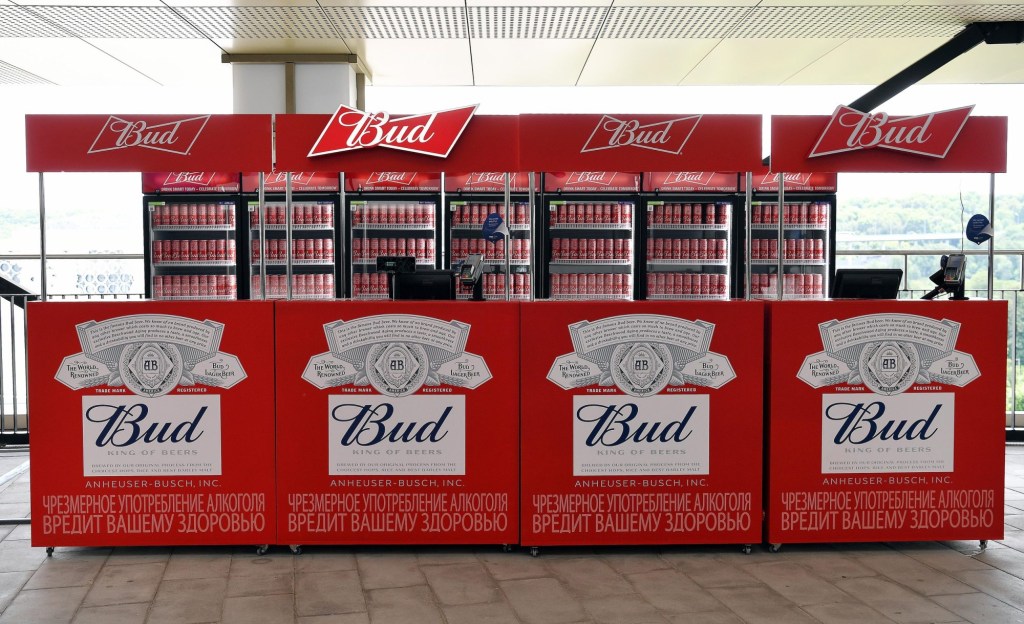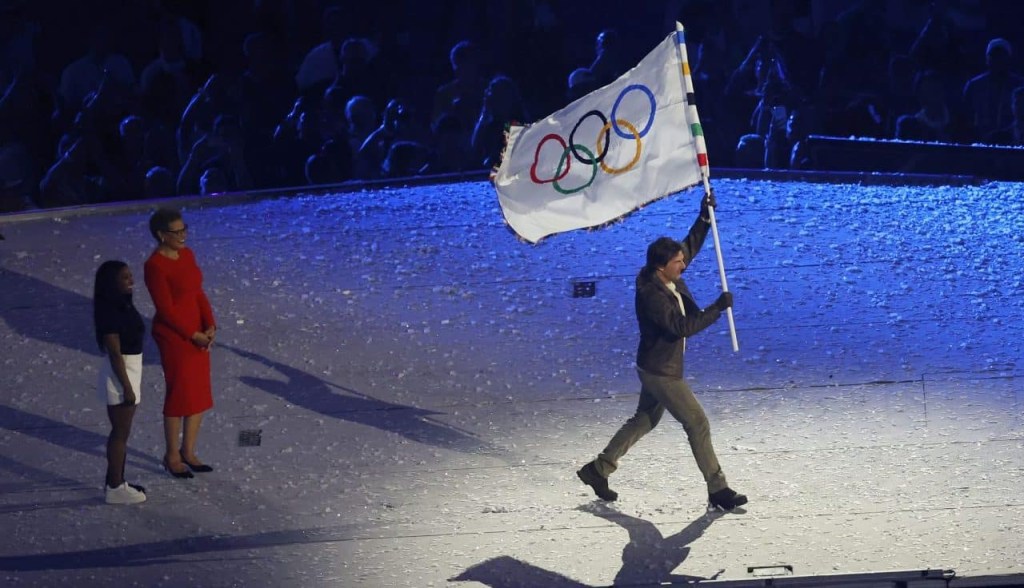Switching the World Cup from every four years to two could bring in $4.4 billion in additional revenue for FIFA — totaling $11.4 billion — according to a study conducted by Nielsen.
Soccer’s governing body earned $6.4 billion between 2017 and 2020, with more than 70% of that amount coming from the 2018 World Cup. FIFA officials told delegates at the summit that $3.5 billion of the additional revenue would be put toward a “Member Association Solidarity Fund.”
A date has not been set for an official vote, and FIFA president Gianni Infantino would not confirm if it was on the agenda at the FIFA congress in Doha at the end of March.
Conflicting Opinions
The plan has faced continued opposition from top soccer organizations and sponsors, though Infantino is confident he has a majority backing for his biennial World Cup proposal.
- The European Club Association, which represents 234 clubs, condemned the proposal in September.
- UEFA, European soccer’s governing body, and CONMEBOL, South American soccer’s governing body, also opposed the biennial proposal and threatened to boycott.
- Adidas CEO Kasper Rørsted said in October that a biennial World Cup would overcrowd the soccer landscape. Adidas has been the official supplier of soccer balls for the competition since 1970.
A study commissioned by domestic leagues earlier this year showed that biennial World Cups could cost UEFA and domestic leagues $9 billion. The Premier League, La Liga, and Serie A have all voiced their disapproval.

















